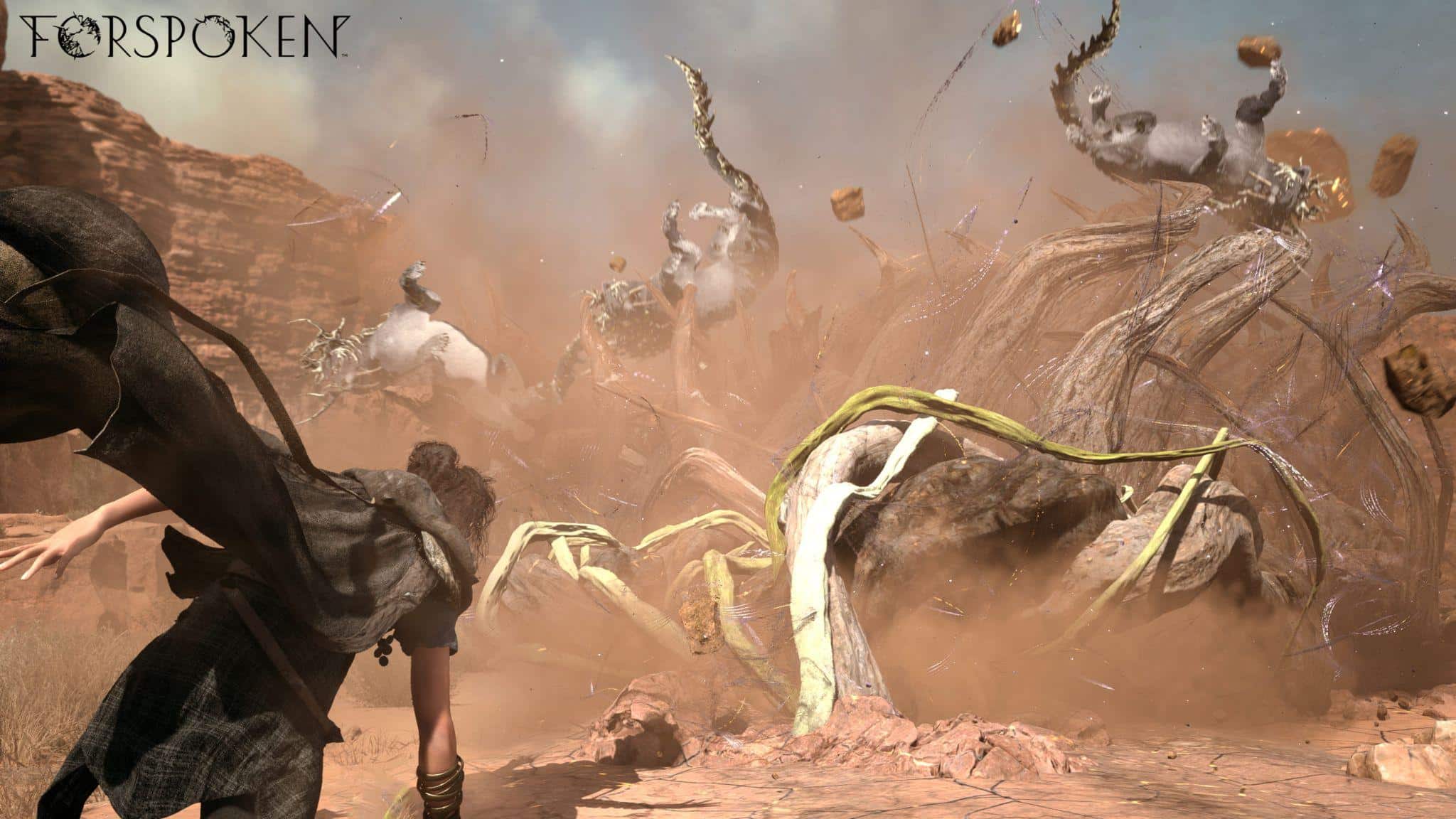Today, too much in the gaming industry depends on algorithms. They shape recommendation feeds, promote certain games, influence trends, and even affect the decisions developers make. The more data is collected about audience preferences, the stronger the temptation becomes to create games “for the algorithm” rather than for the idea itself. Instead of surprises, we increasingly see familiar formulas designed to capture and retain attention. And this raises a problem worth discussing.
The Gaming Industry is Increasingly Adapting to Recommendations
When platforms like Steam, the App Store, or Google Play decide which games to show users, they rely on massive amounts of behavioral data: how much time a person spends in a game, at what stages they leave, what they purchase, and which genres they respond to most often.
Even in esports, this approach has started to shape trends. To attract viewers and ensure profitability, more and more tournaments are being launched, including cs2 tournaments, where organizers focus on recognizable formats, media-friendly players, stable meta scenarios, and familiar patterns that are easier to promote through advertising and streaming algorithms.
Developers, in turn, begin creating projects not for gameplay experimentation but to fit into these recommendation algorithms. The higher the retention rates, monetization, and daily activity, the better the chances the recommendation system will pick up the game and push it to the top.
As a result, a huge number of projects are produced that may look different on the surface but essentially follow the same proven formulas. This is why we see endless survival-crafting games, free-to-play shooters with battle passes, auto-RPGs, or mobile gacha games that mostly differ only in setting and visuals.
Mechanics and Metas are Becoming Increasingly Predictable

This is especially noticeable in large multiplayer games. Even when developers introduce new content, most changes are built not on fresh concepts, but on reworking proven solutions that are guaranteed to fit the balance and retain the audience.
In League of Legends, new champions are regularly released, but many of them are essentially combinations of already existing mechanics. For example, Hwei combines area control, damage, and support elements that players are already familiar with and have seen in other champions’ kits.
A similar picture can be seen in CS2, where the meta follows predictable paths. The same teams continue to dominate at major tournaments — cs2 matches consistently showcase refined strategies by Natus Vincere with Justinas “jL” Lekavicius, MOUZ with Dorian “xertioN” Berman, and Team Vitality with Mathieu “ZywOo” Herbaut. Patches only slightly adjust the economy, timings, and positioning, but the core principles of the game remain unchanged.
In Dota 2, the situation is much the same: recent patches mostly focus on balancing items and heroes rather than introducing fundamentally new mechanics. Even new characters are often built from familiar abilities to maintain the stability of the overall ecosystem.
Experimenting is Becoming Increasingly Risky

The main issue today is that any experiment runs the risk of falling into the “gray zone” of algorithms. Recommendation systems are built to promote easily classifiable projects: they rely on clear markers — genre, audience, similar games, predictable engagement. But when a game steps outside familiar templates, the platform simply doesn’t know who to show it to, how to position it, or where to find its audience.
As a result, even large publishers with serious budgets face failures. Forspoken by Square Enix is a good example. The project focused on unconventional storytelling, a unique world design, and a complex protagonist, but ultimately failed to find its audience. The game didn’t fit into the expected niches: for action RPG fans, it felt too experimental; for the broader market, it was too complex and unfamiliar in its presentation. The recommendation algorithms couldn’t effectively promote it to relevant audiences, and even a large-scale marketing campaign couldn’t salvage the situation.
A similar problem affects many indie projects. In the past, a unique idea could at least gain traction through word-of-mouth or small communities. Now, without hitting the recommendation system correctly, a game may simply remain invisible. Even an interesting project can easily drown in the massive flood of new releases if it doesn’t fit into clear categories or trigger strong algorithmic metrics from day one.
Indie Remains the Last Island of Creative Freedom — but Even Here It’s Not that Simple
Of course, the indie scene still produces standout projects that draw attention thanks to fresh ideas, unique visual styles, or unconventional game mechanics. Games like Balatro with its unexpected blend of card mechanics and gambling elements, or Little Kitty, Big City with its relaxed exploration vibe, show that original ideas can still resonate with players.
However, even in this creative space, the influence of algorithms is becoming increasingly noticeable. Developers carefully think in advance about how to make their projects appealing for streamers, reviewers, content creators, and even store search algorithms. Already at the concept stage, many ask themselves: can the game generate viral content? Will it be easily picked up by Twitch streams or YouTube videos? Will it stand out in Steam recommendations?
As a result, even in the indie segment, more and more projects emerge that look original on the surface but are still built around carefully calculated promotion schemes. Sometimes it feels like a game is being designed not only as an artistic product but also as a marketing asset, optimized for recommendation systems. Without this, the risk of getting lost among hundreds of new releases is simply too high.
Conclusion
In my opinion, the very logic of algorithms is gradually reshaping the entire industry. Games are becoming more polished, safer, and more predictable. Developers increasingly choose to minimize risks, avoiding bold decisions in favor of what will reliably fit into familiar recommendation frameworks and metrics.
And the more the industry focuses on algorithms instead of original ideas, the fewer chances we have to see something truly fresh, surprising, and different from the mainstream. Hopefully, the creative drive of game developers will remain stronger than the temptation to simply adjust to the system. There are still those who are willing to take risks — and thanks to them, the gaming industry still has space for real discoveries.








